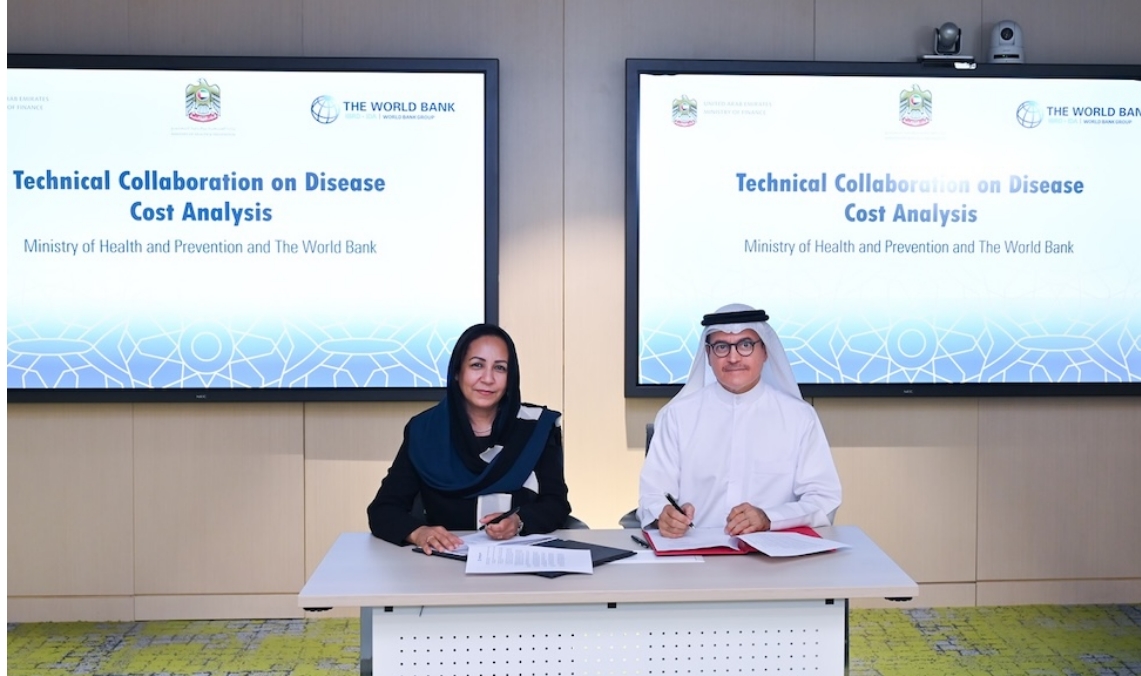Designing organisms: The science of synthetic biology
27 September 2012 | Opinion | By BioSpectrum Bureau
Designing organisms – the new science of synthetic biology
Dr Pawan Kumar Dhar, the founding editor-in-chief of Springer's System and Synthetic Biology and director of the Center for Biodesign, Symbiosis, India, is a renowned bio-informatician and systems biologist. Dr Dhar is the inventor of Cellware and is know
DNA sends the coded message to RNA for the onward transmission of message to proteins. For a long time people thought that once the 'DNA tap' is open, the message will flow out uniformly. Not any longer. Some of the recent experiments have demonstrated that the transmission of DNA's message to RNAs and proteins looks more like perfume spray, with the intensity of gene and protein expression being highly fluctuating. Technically we know this as genetic noise. In parallel, molecular biology experiments have shown that cellular edits in the form of addition, deletion or replacement of genes frequently result in unexpected cellular behaviors.
It is interesting that the information travels at least six magnitude in size from H-atom to the whole cell level. Understanding such a system that shows spatial, temporal and contextual complexity optimized for millions of years is clearly non-trivial. Is there an alternate way to understand how biological systems function?
In the summer of 2004, people at MIT took an audacious step towards exploring the possibility of engineering organisms by organizing the first conference of Synthetic Biology. The questions that formed the basis of this new approach were simple. Can we compose organisms from scratch? Can we perform precise network edits and biologically engineer organisms towards predetermined behaviors? If yes, what are the key requirements, the best case scenarios and boundary conditions of compiling organisms?
Synthetic Biology is defined as a controllable construction of biological systems from scratch. The intended meaning of "synthetic" is not chemical, as the term might tend to indicate. Several alternative terms like constructive biology, biological technology, biodesign, biosystems engineering have appeared to emphasize construction of biological systems part-by-part.
Some of the key features of the synthetic biology approach, include abstraction of biological systems into parts, devices and circuits; building an inventory of well characterized parts; making a bio-truth table; developing data extraction and data exchange standards; identifying the rules of composition; inventing technologies for rapid synthesis and rapid assembly of parts; and developing a BioCAD platform.
During the last decade, enormous progress has been made in all these areas. In particular, the Biobrick project at MIT looks at the possibility of making a standard registry of biological parts, whose interactive behavior can be predicted. Although attempts to make a BioTruth table exist, one cannot port the data to other organisms as the Biotruth table is organism, strain, culture condition and metabolic state specific. Moreover, the BioTruth table needs to accommodate the influence of several activators and/or repressors for every data entry in the table.
The fundamental question that essentially remains is whether rational design of organisms are easier than systems analysis? Experience has shown that it is indeed more difficult to compose a network than to study the existing network. The situation gets worse if one needs to integrate vector and scalar processes, linear and non-linear processes at various temporal and environmental contexts.
Thus, it would help to know if there is a way to bypass biological complexity and still construct an organism? In the May 21, 2010, issue of Science, Dr J Craig Venter announced synthesis of a brand new microbe whose DNA sequence was decided in the computer, chemically synthesized in bits and pieces, stitched in yeast and transplanted to a microbe whose genome was removed (Gibson and others, 2010[1]). The microbial cell that rebooted with a new genome was called Synthia. The entire project took 10 years and several hundred million dollars. This was the first demonstration of whole genome replacement with a chemically synthesized genome.
Dr Venter's team computationally redesigned the Mycoplasma genome, based on the essentiality of certain sequences, added their own names as watermarks to distinguish the synthetic genome from the naturally existing genome. Of the many possibilities tested, one of the colonies showed features compatible with genome transplantation. Further, synthetic cells divided a number of times to qualify for a new organism. Dr Venter described it as the first species whose parents were a computer. The work received global coverage with headlines that gave an impression that life had been created for the first time from chemical constituents decided in silico.
With the lowering of excitement pitch, people realized that Sythia was not equal to cooking brand new life from scratch. Dr Venter's team did not design cellular organelles like ribosome, mitochondria, Golgi bodies, liposomes and so on. They did not design synthesis, replication, repair and recycling machinery. All they did was to remove the existing genome and add a custom made genome in its place. It was like running Apple OS on Windows machine.
Despite its shortcomings, this experiment conveys a clear message that one need not rationally design organisms part-by-part. One can straight away aim for the whole genome, as long as one has the technological competency and nearly unlimited funding! Although this is not equal to designing organisms from scratch, it bypasses the enormous issue of biological complexity and is a clever approach to custom-build organisms based on user specs.
Unfortunately, the organism construction protocol is extremely cumbersome and time consuming in its current form. In future, we expect to see mass production of user-defined organisms towards environmental, energy and health applications. For the scientific community to adopt this new route, the emerging technological advancement must lead to cheaper, safer and faster synthesis of organisms. In my opinion, the emerging technology of long DNA synthesis is likely to play a major role in enabling this paradigm shift. In future, the community will see a routine chemical synthesis of whole microbial genomes, eukaryotic chromosomes and finally the eukaryotic cell itself.
The other faster and extremely innovative approach is whole genome cloning. In 2005, Professor Mitsuhiro Itaya's team used high efficiency BGM cloning vehicle to mix Cyanobacteria and B. subtilis genomes to create a new hybrid new species, Cyanobacillus (Itaya and others, 2005[2]). Interestingly, Cyanobaciallus sp. shows some properties of both the organisms. Thus, in theory one can mix natural and synthetic genomes and construct organisms with novel properties.
Due to enormously enhanced capabilities in designing organisms, synthetic biology has raised several ethical, social and security concerns. In future, it may be possible to custom synthesize viruses that have been computationally optimized for high pathogenicity!
To prevent misuse of technology, there is a need to design and implement a global legal framework that works. In addition, the potential routes of technological proliferation need to be closely monitored. The situation can go bad when DNA synthesis companies start selling desktop DNA printers! Once desktop DNA printers populate a routine molecular biology, it will not only render recombinant DNA technology un-necessary but also make it very difficult to keep track of spurious biological innovations.
Before closing the loop, it would be prudent to perform a quick comparison of biology and engineering. Both the disciplines show similarity in terms of robustness, multi-tasking, fault tolerance, show modularity and hierarchy, analog and digital behaviors and run serial and parallel processes. Due to these reasons, one might be tempted to convert biology into an engineering discipline. However, this approach is simply impractical for the simple reason that for biology to become an engineering discipline, we must stop evolution! Currently, genetic circuits created in vitro are amenable to mutations, their long term and stable expression in non-native systems cannot be assured and a controllable construction of pathways and networks is non-trivial. However, in the years to come, we are likely to see enormous progress in the rapid assembly of organisms from off-the-shelf DNA parts.
.....................
References:
1. 'Creation of a bacterial cell controlled by a chemically synthesized genome' - Gibson DG and others; Science; 2010: 329, 52-6.
2. 'Combining two genomes in one Cell: Stable cloning of the Synechosystis PCC6803 genome in the Bacillus subtilis 168 genome' -Itaya M and others; PNAS, US; 2005: 102, 15971-15976











